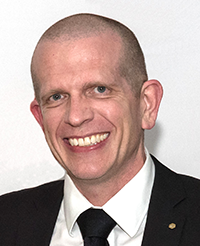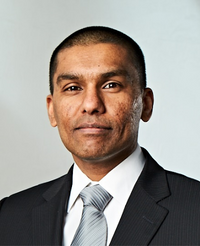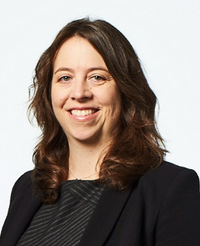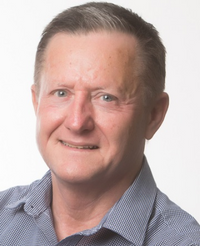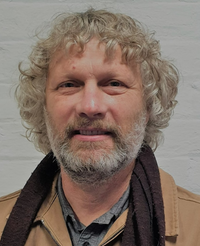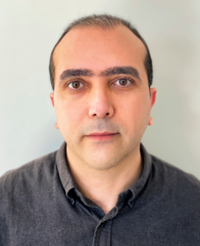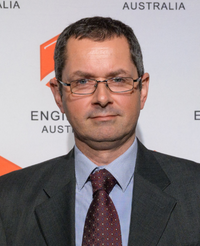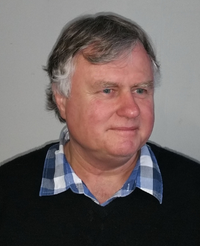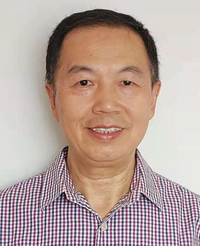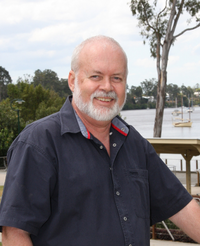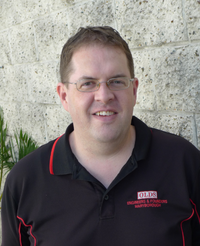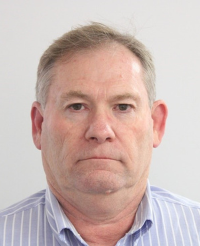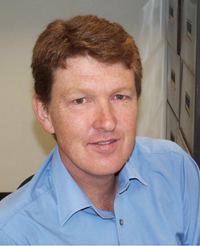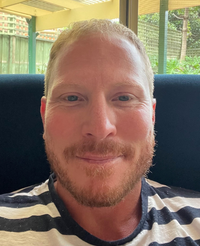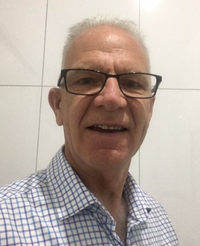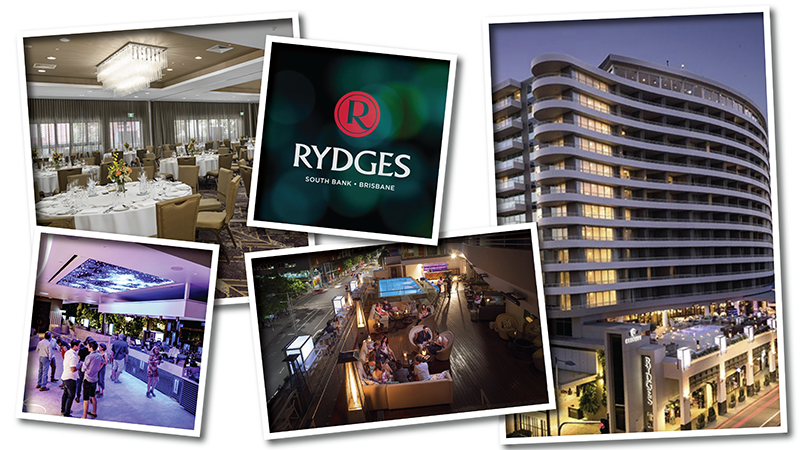Thank you for attending
On behalf of the AFI 2022 National Conference Committee, we thank you for attending the Australian Foundry Institute 56th Annual National Conference on Thursday 12 to Saturday 14 May.
The theme for this year’s conference was:♪“Don’t Stop Thinking About Tomorrow”♪ signalling our intention to provide attendees with new ideas, research and networking opportunities that will help the Australian Foundry Industry take the next steps into a bright tomorrow, that whilst ♪”Yesterdays gone, Yesterdays gone”♪, the future ♪ “It’ll be, Better than Before”♪.
♪“Why not think about times to come?”♪
We hope you found the conference both professionally and personally rewarding and look forward to seeing you at the AFI 57th Annual National Conference, scheduled to be held in Perth, WA in 2023.
Our sponsors
Thank you to our sponsors for their generous contribution to the conference.
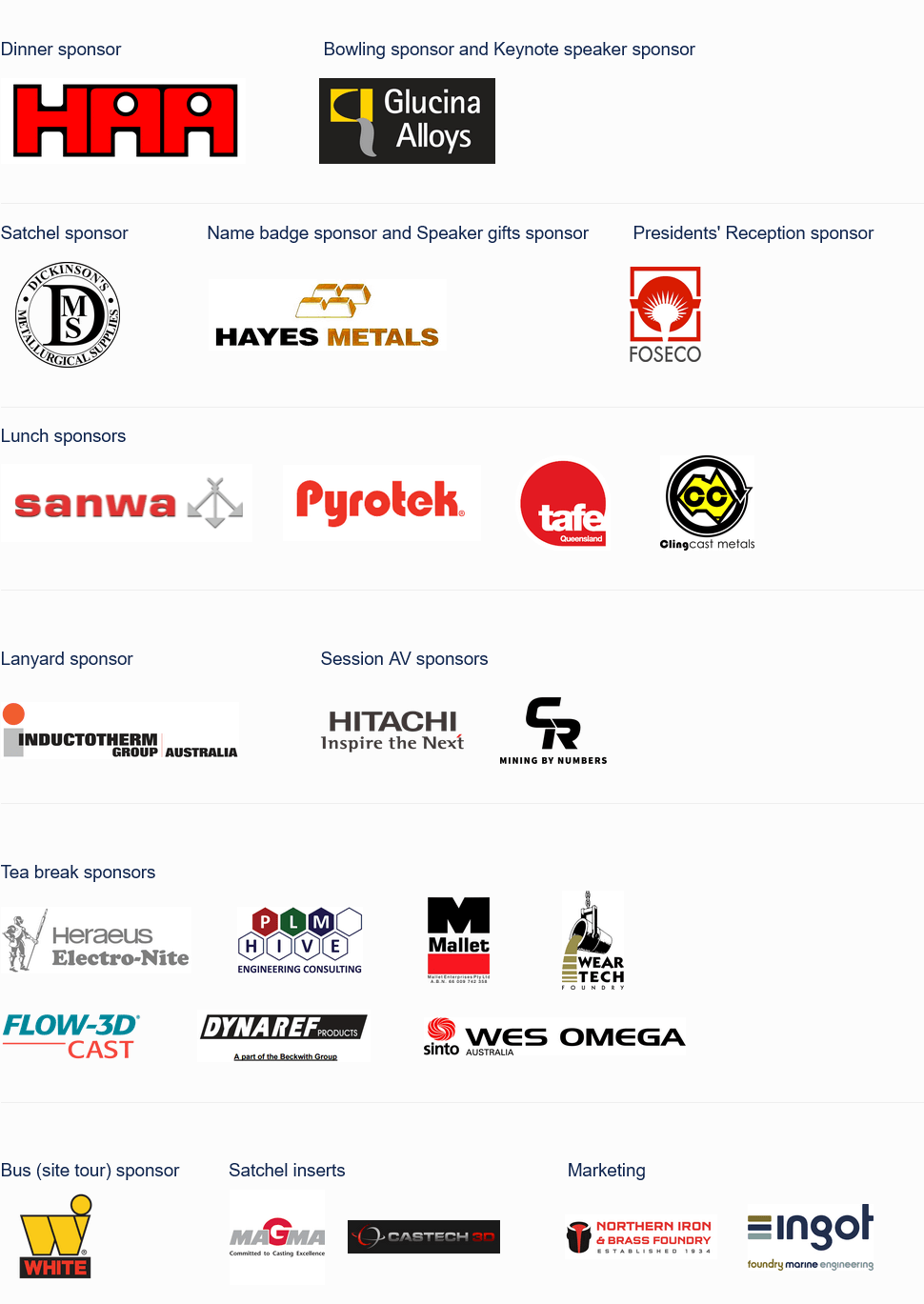
 AFI 2022 National Conference Committee
AFI 2022 National Conference Committee
- Brett Reynolds
- Laura Eden
- Belinda Walter
- Joe Vecchio
- Michaela Sheehan
- Richard Bozza
- Trevor Davis
- Kimberly Workman
For more information about the Australian Foundry Institute please visit: https://www.australianfoundryinstitute.com.au/.
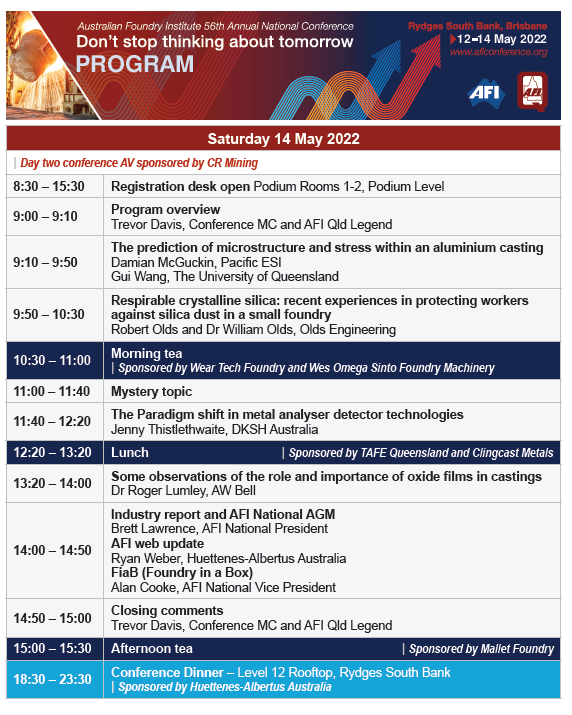
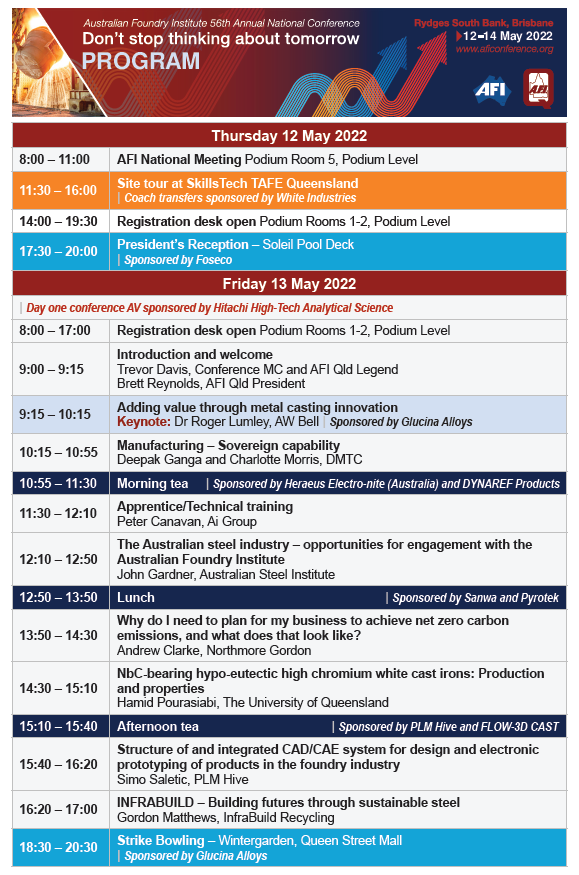
2022 Speaker profiles and presentations
All presentations remain the copyright of the contributing authors.
General information
Disability access
If you require disability-specific facilities, please notify the conference secretariat by indicating this during the registration process.
Dress
A smart casual dress code applies for all conference sessions and social functions.
Insurance
It is strongly recommended that delegates take out adequate medical, travel and personal insurance before travelling.
Liability disclaimer
In the event of industrial disruption or other unforeseen circumstances, the conference organisers accept no responsibility for loss of monies incurred by delegates.
Name badges
The wearing of identification badges is mandatory and will be required for admission to all sessions and conference social functions.
No smoking policy
Delegates should be aware that smoking is not allowed in public buildings and many hotels and restaurants throughout Australia, including the conference venue.
Parking
Should you require parking at the hotel, a valet parking charge of $55.00 per vehicle per night will apply. Please note that self parking is not available.
Transport
Brisbane is a compact, connected city, ideal for walking and getting around via the many scenic river and bridge walks. The city’s efficient transport network makes it easy for visitors to find their way about the city. Rydges South Bank Brisbane is conveniently located at South Bank, a 20 minute walk from the Brisbane CBD. It is accessible by bus, rail and ferry.
Go Card
Go card is your electronic ticket to travel on all TransLink bus, train (including Airtrain), CityCat, ferry and tram services in South East Queensland. It’s simple to use. All you need to do is top-up your card, touch on at the start of your journey and touch off at the end. Your fare is automatically calculated and deducted from your card balance and it’s cheaper than the cost of a paper ticket. You can purchase a go card for a refundable deposit of $10 (adult) or $5 (child, concession, senior), and they are available from retail locations such as 7-Eleven stores, Queensland Rail Station ticket offices, and on board CityCat river services.
Bus Services
South Bank is serviced by two bus stations: The Cultural Centre Station on Melbourne Street and the South Bank Busway Station corner of Colchester and Tribune Streets, South Bank.
Trains
There are two train stations within a five minute walk of Rydges South Bank. South Bank Station accessed from Tribune Street and South Brisbane Railway Station on Grey Street. For information about public transport visit translink.com.au for more information on go card, transfer rules and alternative services or call 13 12 30 anytime.
City Cats – closed on 12 May due to weather conditions
A popular and speedy way to travel the river. The CityCat terminal is located outside the riverside restaurants on the riverside promenade. CityCats operate daily from 5.30am to 10.30pm.
Taxi
Taxi ranks are located opposite the main entrance of Rydges South Bank.
Uber
Uber is available in Queensland and is another transport option in Brisbane. You can download the app and use it to request a driver to your location.
Registration
Registration fees are based on the date of receipt of payment (not the registration date).
All prices are in Australian dollars (AUD) and include 10% Australian Goods and Services Tax (GST).
| Registration type |
Early bird (closes Friday 18 March 2022) |
Standard (From 19 March 2022) |
| Full registration | $650 | $750 |
| Day registration | $400 | $400 |
Full registration fees include:
- Attendance to all sessions
- (1) President’s reception ticket for Thursday 12 May 2022
- (1) Gala dinner ticket for Saturday 14 May 2022
- All morning teas, lunches and afternoon teas
Day registration fees include:
- Attendance to all sessions on the nominated day
- Morning tea, lunch and afternoon tea on the nominated day
The following items are at an additional cost and not included in the registration fee:
- Accommodation
- Flight and travel expenses
- Strike bowling tickets
- Skillstech TAFE Queensland site tour
Register online
When you register online you will receive confirmation of your registration straight away via email including a tax invoice. If you do not receive this confirmation email please first check your junk/spam folder, then contact the conference secretariat via afiqld@expertevents.com.au.
Payment of registration fees
All payments must be in Australian dollars.
Payment can be made by:
* EFT (bank account details are stated on your tax invoice)
* Credit card (MasterCard or Visa only) – Note that payments will appear as Expert Events on your credit card statement
Cancellation and refund policy
Cancellations must be advised in writing to the conference secretariat.
Registration cancellations received by 5pm on 18 March 2022 will receive a refund of registration fees, less an administrative charge of AUD110.
Registration cancellations received after 5pm on 18 March 2022 but prior to 5pm on 8 April 2022, will receive a refund of 50% of registration fees paid and 100% of any function tickets paid.
Cancellations received after 5pm on 8 April 2022 will not be eligible for a refund.
Registrations are transferable to a colleague at any time prior to the event provided the conference secretariat is advised in writing.
Please refer to the Terms and conditions of registration and attendance document for full details.
Venue
Rydges South Bank Brisbane
9 Glenelg Street, South Brisbane QLD
Please click here for information on parking and directions.

